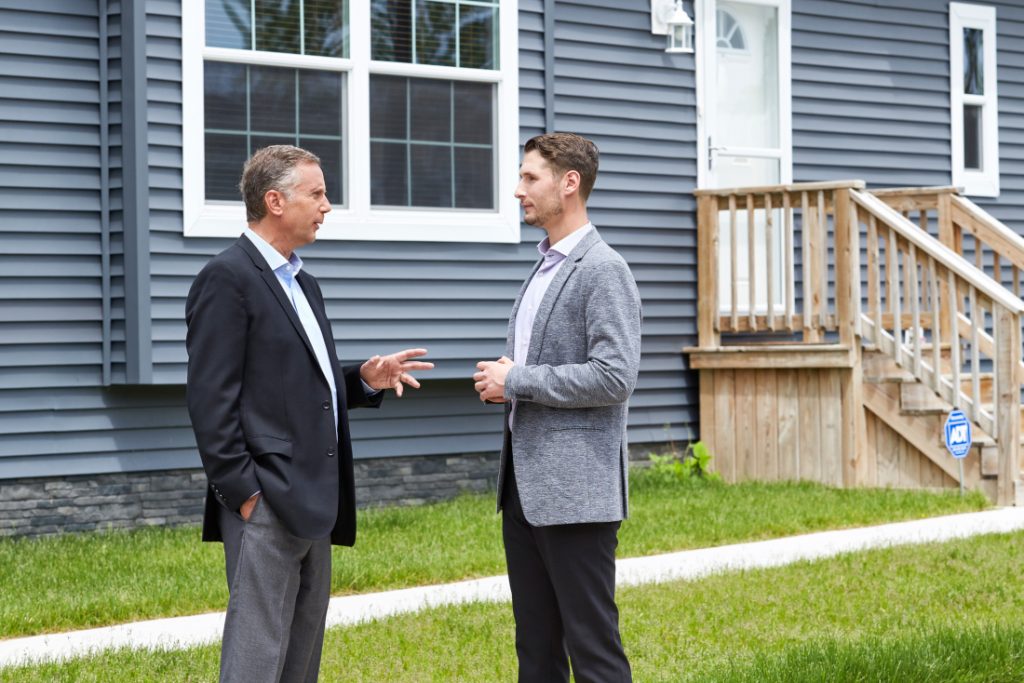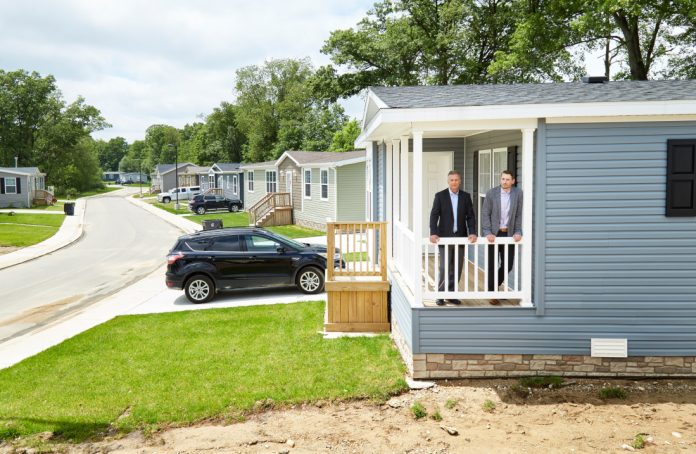Over the past five years, the manufactured housing industry has been one of the hottest multi-family housing investments. An influx of community investors/owners has caused consolidation among operators in the country while increasing their market share. In 2015, the largest 50 operators owned and managed 500,000 sites while, in 2018, the largest 50 operators owned and managed 700,000 sites.
Times have changed.
I’ve seen this industry’s evolution firsthand from the vantage of virtually every job in the business. Today, as president of Blank Family Communities, a third-party property management company based in Michigan, and over a career that dates back 15 years. My family successfully owned and operated Franklin Communities for 35 years before selling their 2,500 site Michigan portfolio in August of 2018.
‘Boots on the Ground’

I was taught and learned a “boots on the ground” approach to operating, and that it takes industry knowledge, people skills, accountability and follow-up to be profitable in the near- and long term.
I have operated with three of the top 10 largest operators in the country and have consulted, acquired and/or sold with another 50 operators. I have seen the good, the bad, and the ugly.
With industry consolidation comes new players with new ideas. After attending the Michigan Manufactured Housing Association (MMHA) expo in Novi, Mich., and speaking to several longstanding operators, I realized that there is a disconnect between new and traditional operators’ views on how to be successful.
At the same time, our industry is being moved forward by state and national associations that have everyone’s best interests at heart. That’s a very good thing as the fights we are all are facing need to be faced together.
I have operated and seen methodologies, strategies and approaches to our industry on both sides of the old-new equation and I firmly believe that bridging the gap between the two needs to occur.
The Old Way

How many times have you heard, “There’s no need to reinvent the wheel?” That comment is a long-time staple of our industry, which has had relatively the same business model for the past 50 years: Having a community that is filled with resident-owned homes and residents who pay monthly site rents in exchange for community maintenance, and operating the land on which the home sites reside. The maintenance on the land traditionally is low compared to the revenue that is brought in, so the community, if well if occupied, is a great investment and source of cash flow.
This scenario is becoming less and less common as it is no longer easy to sell manufactured homes, post-recession. Moreover, many MH loans, in the Midwest and other major pockets across the country, require community owner recourse. The recession also created the need for communities to pivot their business model to also include rental homes. The impact of this business model shift cannot be understated.
It changed the landscape of the industry.
In the past, bringing in and selling a new home was simple. There was little liability to the community owner. With recourse loans and rental homes, the community owner is never free of liability as they have a financial stake in the success and/or failure of the residents.
The days of passively collecting rent from manufactured home communities at scale are over – unless you already have a stabilized portfolio.
This shift has made the refined operation of communities much more critical and labor-intensive. The result is that there are a dramatically reduced number of communities that can be operated efficiently with a passive management style.
Today’s Value-Add Approach
Value-add is the most common buzz word I hear in the industry today. I believe the term has lost some of its merit. Because manufactured housing communities lost occupancy and revenues during the recession, many communities currently being purchased still have vacancies, deferred maintenance needs and in some cases are below market rent. Ideally, when purchasing such a community, an operator will infill the community with new homes, sell some and rent the rest. They will revitalize the community by completing deferred maintenance, and, once value is added and the resident base is happy, the rents are raised, sometimes incrementally, to market value. In this situation, you now have a stabilized asset that will yield positive cash flow – if the operating system can sustain the new changes.
Focus on the the Operation
The biggest difference between the new companies and the traditional players is their operating structure and the stability of their portfolios – meaning, many communities acquired and owned by traditional operators paid significantly less aggressive capitalization rates. New players need to be more efficient with their value-add and operations, as the profit margins on communities purchased today will be lower due to the high capitalization rates that have become the norm.
Along with acquisition advantages, old school operators documented operating systems and continually trained and supported corporate and field staff, all of whom contributed to these companies enjoying sub 5% delinquency and high occupancy numbers. Newer companies, on the other hand, focus far too much on the acquisition and not enough on the operation. That’s simply not a great recipe for long-term success.
As an industry, we are facing more attention and scrutiny than ever. As such, it is important that all of us make sure that we are operating our communities profitably and efficiently while providing value to our residents. That way, we can remain the most viable form of affordable housing in America and continue to gain popularity across wider demographics.










